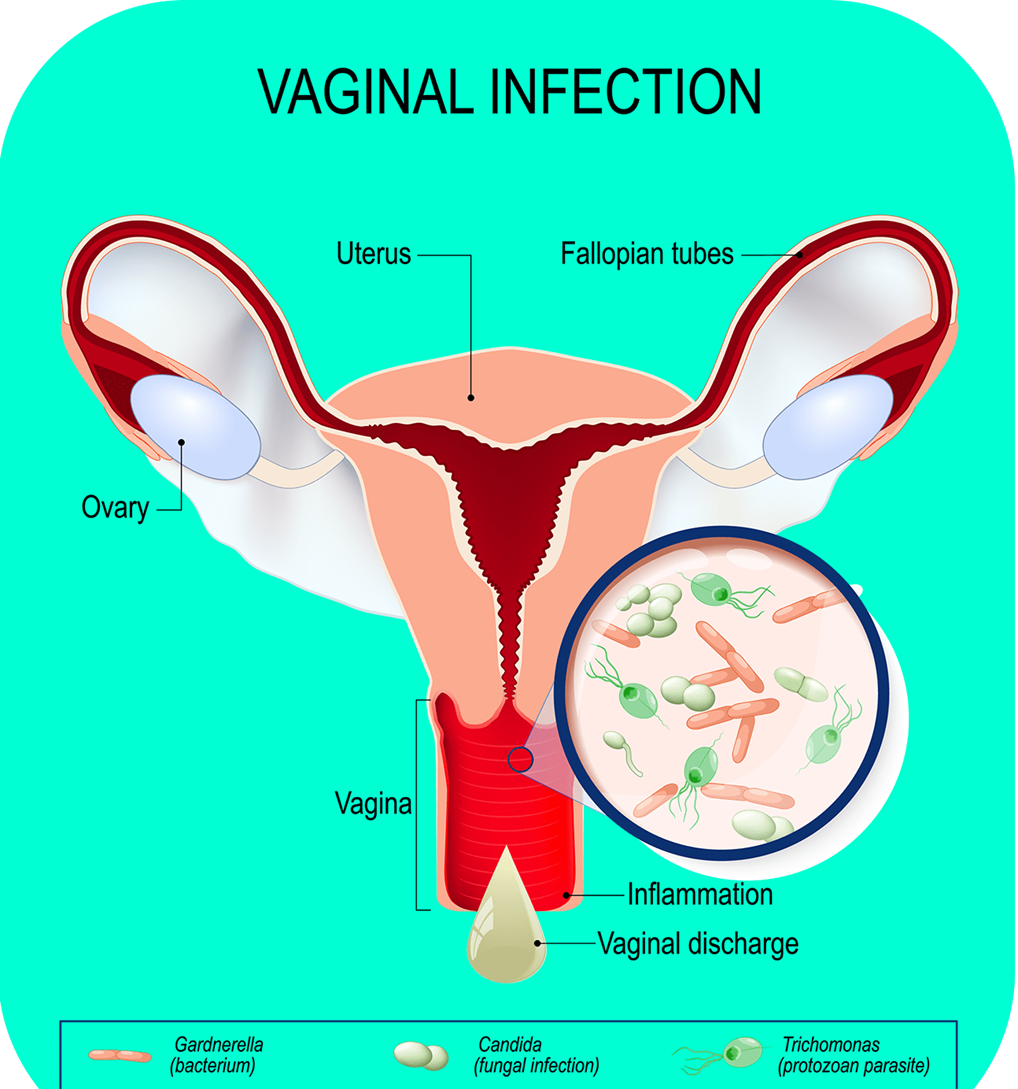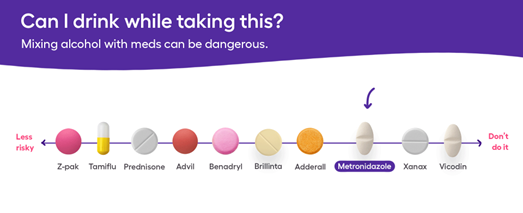Which finding would the nurse expect in a client with bacterial vaginosis?
Vaginal pH of 3
Cervical bleeding on contact
Fishy odor of discharge
Yellowish-green discharge
The Correct Answer is C
Choice A: Vaginal pH of 3 is not the correct answer because it is not a finding of bacterial vaginosis. Vaginal pH is a measure of how acidic or alkaline the vaginal environment is. A normal vaginal pH ranges from 3.8 to 4.5, which helps prevent infections by maintaining a balance of healthy bacteria (lactobacilli). Bacterial vaginosis can cause an increase in vaginal pH above 4.5, which allows harmful bacteria (anaerobes) to grow and cause symptoms.
Choice B: Cervical bleeding on contact is not the correct answer because it is not a finding of bacterial vaginosis. Cervical bleeding on contact is a sign of inflammation or injury to the cervix, which is the lower part of the uterus that connects to the vagina. It can be caused by various factors such as infection, trauma, or cancer. Bacterial vaginosis does not affect the cervix directly, but it can increase the risk of other infections or complications that may cause cervical bleeding.
Choice C: Fishy odor of discharge is the correct answer because it is a finding of bacterial vaginosis. The fishy odor of discharge is a characteristic symptom of bacterial vaginosis that occurs due to the breakdown of organic compounds (amines) by the anaerobic bacteria. The odor is usually more noticeable after sexual intercourse or during menstruation.
Choice D: Yellowish-green discharge is not the correct answer because it is not a finding of bacterial vaginosis. Yellowish-green discharge is a sign of infection or inflammation of the vagina or cervix, such as trichomoniasis, gonorrhea, or chlamydia. These infections can cause symptoms such as itching, burning, or pain in the genital area. Bacterial vaginosis usually causes a thin, gray-white, or milky discharge that does not cause irritation or discomfort.

Nursing Test Bank
Naxlex Comprehensive Predictor Exams
Related Questions
Correct Answer is D
Explanation
Choice A: Caffeine is not the correct answer because it does not interact with metronidazole. Caffeine is a stimulant that can increase alertness, energy, and heart rate. However, it has no effect on the effectiveness or side effects of metronidazole.
Choice B: Chocolate is not the correct answer because it does not interact with metronidazole. Chocolate is a food that contains caffeine, sugar, and fat. However, it has no effect on the effectiveness or side effects of metronidazole.
Choice C: Nicotine is not the correct answer because it does not interact with metronidazole. Nicotine is a substance that can be found in tobacco products, such as cigarettes, cigars, or chewing tobacco. However, it has no effect on the effectiveness or side effects of metronidazole.
Choice D: Alcohol is the correct answer because it interacts with metronidazole. Alcohol is a substance that can be found in beverages, such as beer, wine, or liquor. It can cause a severe reaction when combined with metronidazole, resulting in symptoms such as nausea, vomiting, headache, flushing, and palpitations. Therefore, the nurse should instruct the client to avoid alcohol while taking metronidazole.

Correct Answer is C
Explanation
Choice A: African American women have the BRCA 1 and BRCA 2 gene is not the correct answer because it is not a fact but a misconception. BRCA 1 and BRCA 2 are genes that normally help prevent breast and ovarian cancer by repairing DNA damage. However, mutations in these genes can increase the risk of developing these cancers. BRCA mutations are not exclusive to African American women, but they can affect any race or ethnicity. According to the National Cancer Institute, about 12% of American white women and 10% of African American women have a BRCA mutation.
Choice B: American white women respond better to breast cancer treatment is not the correct answer because it is not a fact but a disparity. Breast cancer treatment can include surgery, radiation, chemotherapy, hormone therapy, or targeted therapy. The response to treatment can vary depending on various factors such as tumor type, stage, grade, or molecular profile. However, some studies have shown that American white women have better survival rates and outcomes than African-American women after breast cancer treatment. This disparity may be due to differences in access to care, quality of care, socioeconomic status, or biological factors.
Choice C: Breast cancer is more advanced in African American women when found is the correct answer because it is a fact and a disparity. Breast cancer is a disease that occurs when abnormal cells grow and invade the breast tissue or other parts of the body. The stage of breast cancer describes how far the cancer has spread and how serious it is. Breast cancer can be detected by screening tests such as mammograms or clinical exams such as breast self-exams. However, some studies have shown that African American women are more likely than American white women to be diagnosed with breast cancer at later stages. This disparity may be due to differences in screening rates, awareness, symptoms, or tumor biology.
Choice D: More Hispanic women smoke, which increases their risk is not the correct answer because it is not a fact but a misconception. Smoking is a risk factor for breast cancer, as it can damage the DNA of breast cells and increase the levels of hormones that stimulate cell growth. However, smoking rates are not higher among Hispanic women than other racial or ethnic groups. According to the Centers for Disease Control and Prevention, about 14% of Hispanic women smoke cigarettes compared to 16% of American white women and 14% of African American women.
Whether you are a student looking to ace your exams or a practicing nurse seeking to enhance your expertise , our nursing education contents will empower you with the confidence and competence to make a difference in the lives of patients and become a respected leader in the healthcare field.
Visit Naxlex, invest in your future and unlock endless possibilities with our unparalleled nursing education contents today
Report Wrong Answer on the Current Question
Do you disagree with the answer? If yes, what is your expected answer? Explain.
Kindly be descriptive with the issue you are facing.
